ELIZABETH HOUSE
86 - 92 WELLINGTON PARADE EAST EAST MELBOURNE, MELBOURNE CITY
-
Add to tour
You must log in to do that.
-
Share
-
Shortlist place
You must log in to do that.
- Download report
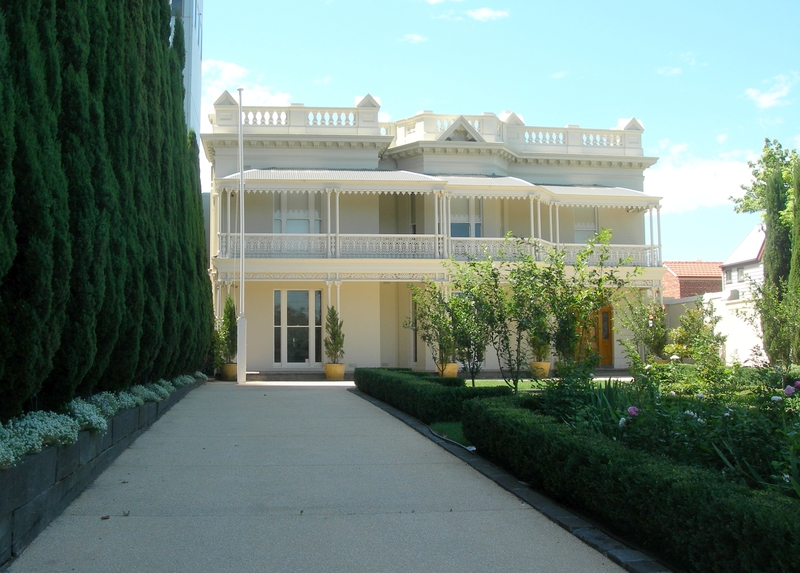

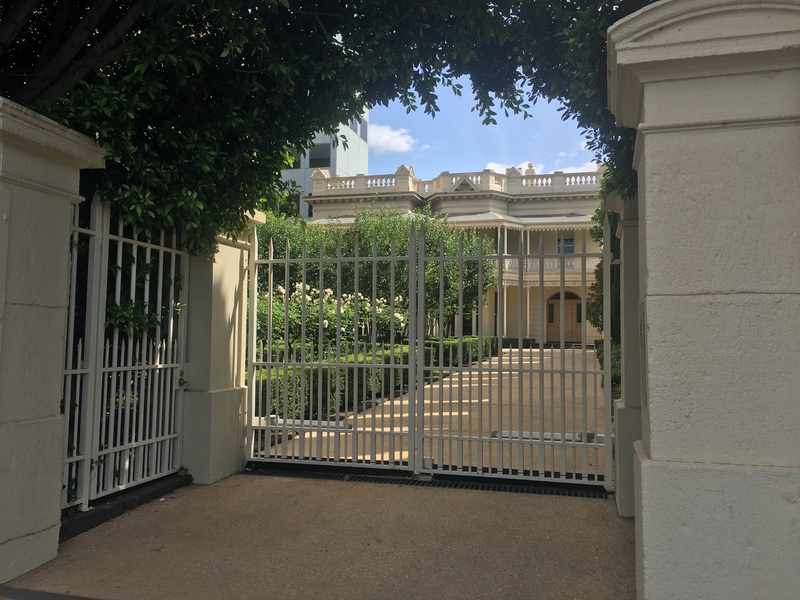
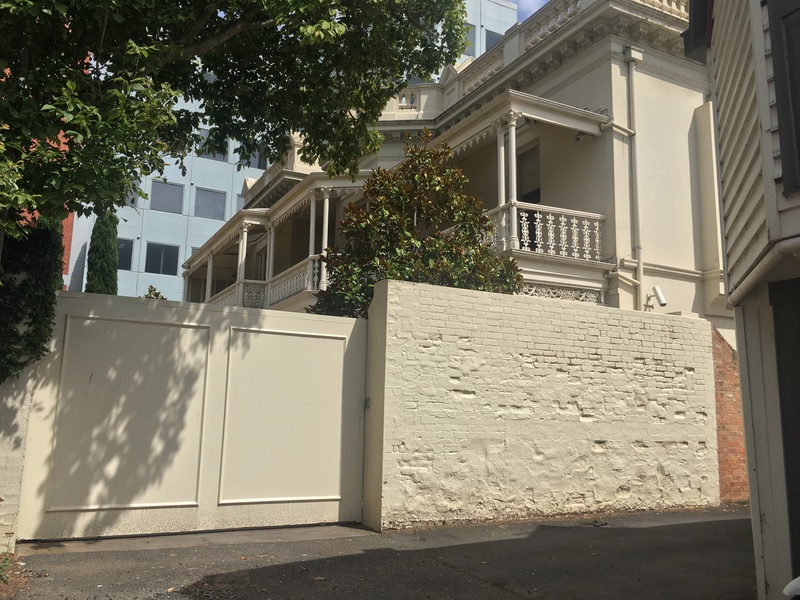
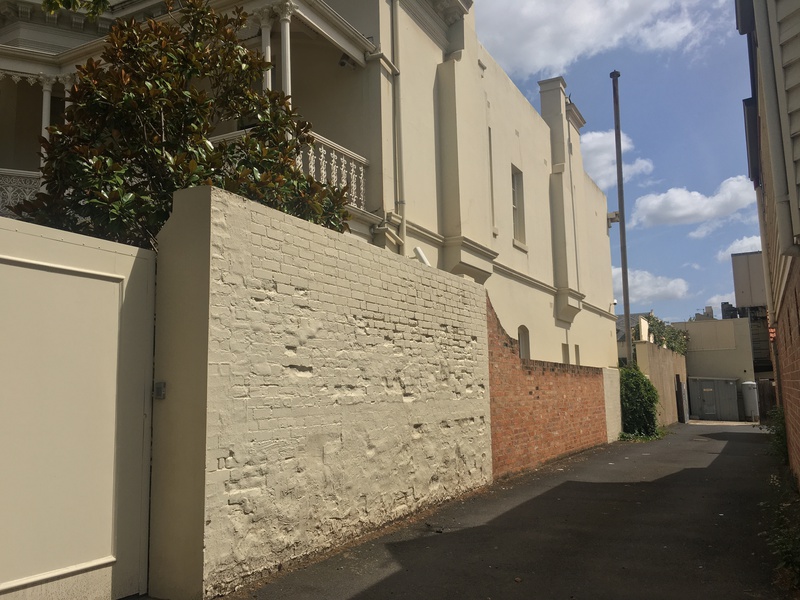
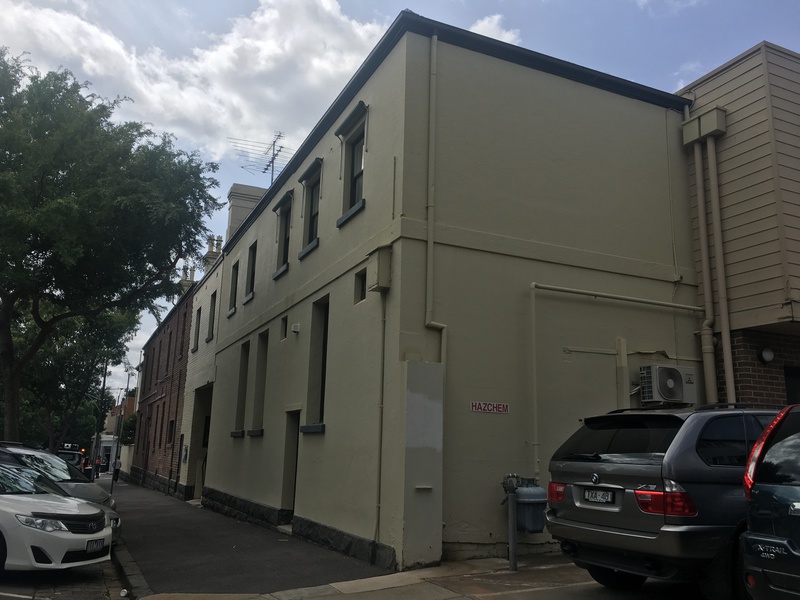




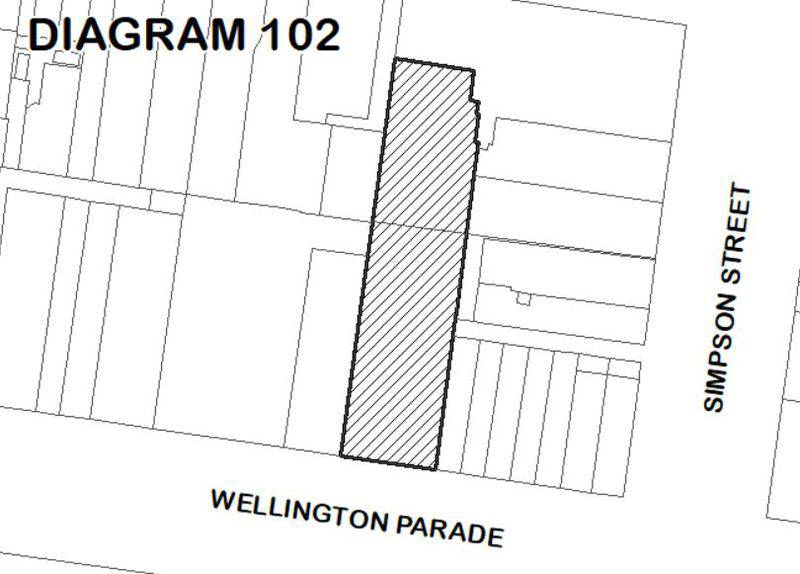
Statement of Significance
What is significant?
Elizabeth House, a two-storey Italianate mansion with service wing (interiors and exteriors), and brick walls to the property boundary.
How is it significant?
Criterion A: Importance to the course, or pattern, of Victoria's cultural history.
Criterion D: Importance in demonstrating the principal characteristics of a class of cultural places and objects.
Why is it significant?
Elizabeth House is of historical significance as a surviving example of early development in East Melbourne, which was one of the earliest desirable mid-nineteenth century residential areas to be developed after Fitzroy, Collingwood and Richmond. Parts of Elizabeth House, and brick walls surrounding the house, date from1855 which make the residence one of the oldest in East Melbourne. (Criterion A)
Elizabeth House is historically significant for its association with prominent Melbourne public servant and banker James Denham Pinnock (c.1810-1875), who served as Member for the Eastern Province in the Victorian Legislative Council, alderman in the Melbourne Town Council, and was director of the Bank of Victoria. (Criterion A)
Elizabeth House is of historical and architectural significance for its association with eminent colonial architect John Gill (c.1796-1866), who designed several important early buildings and residences in Melbourne, Ballarat, Castlemaine and Geelong. (Criterion A)
Elizabeth House demonstrates the principal characteristics of an Italianate style mansion. It is notable for its fine triple-fronted, asymmetrical composition, complex roofline with heavy moulded cornice and balustraded parapet, double-storey verandah with paired columns and cast iron lacework. It is also notable for the retention of its service wing, as well as sections of the brick boundary wall, which date to the 1855 period of construction. (Criterion D)
Elizabeth House is also significant for the retention of its Victorian interiors which date to the place's period of extensive renovation (1887-88). Notable interior features include moulded cornices, skirting and architraves, paneled doors, parquetry and stained-glass windows in the hallways and main reception rooms. (Criterion D)
-
-
ELIZABETH HOUSE - History
Contextual History:
There was little development of East Melbourne before 1852 as the area remained reserved by the government long after Fitzroy, Collingwood and Richmond were made available for development. In 1848 Bishop Perry chose the area for his Anglican Bishop's Palace overlooking the Fitzroy Gardens. The first public land sales in East Melbourne took place in June 1852, when 20 allotments were sold off. Between 1852 and 1870 a total of 299 crown allotments were sold off.
Development took off in the late 1850s after the gold rush subsided. Many terraces were built for rental and lodging. The residential area known as Yarra Park was bounded by Wellington Parade, Vale Street and Punt Road. It was the site of the original police barracks but was subdivided in the 1880s.
(Ashton and Wilson, East Melbourne Conservation Study 1975)
History of Place:
Associated People: J D PinnockELIZABETH HOUSE - Permit Exemptions
General Exemptions:General exemptions apply to all places and objects included in the Victorian Heritage Register (VHR). General exemptions have been designed to allow everyday activities, maintenance and changes to your property, which don’t harm its cultural heritage significance, to proceed without the need to obtain approvals under the Heritage Act 2017.Places of worship: In some circumstances, you can alter a place of worship to accommodate religious practices without a permit, but you must notify the Executive Director of Heritage Victoria before you start the works or activities at least 20 business days before the works or activities are to commence.Subdivision/consolidation: Permit exemptions exist for some subdivisions and consolidations. If the subdivision or consolidation is in accordance with a planning permit granted under Part 4 of the Planning and Environment Act 1987 and the application for the planning permit was referred to the Executive Director of Heritage Victoria as a determining referral authority, a permit is not required.Specific exemptions may also apply to your registered place or object. If applicable, these are listed below. Specific exemptions are tailored to the conservation and management needs of an individual registered place or object and set out works and activities that are exempt from the requirements of a permit. Specific exemptions prevail if they conflict with general exemptions. Find out more about heritage permit exemptions here.Specific Exemptions:General Conditions
All exempted alterations are to be planned and carried out in a manner which prevents damage to the fabric of the registered place or object.
Should it become apparent during further inspection or the carrying out of works that original or previously hidden or inaccessible details of the place or object are revealed which relate to the significance of the place or object, then the exemption covering such works shall cease and Heritage Victoria shall be notified as soon as possible.
All works should ideally be informed by a Conservation Management Plan prepared for the place. The Executive Director is not bound by any Conservation Management Plan, and permits still must be obtained for works suggested in any Conservation Management Plan. Nothing in this determination prevents the Heritage Council from amending or rescinding all or any of the permit exemptions.
Nothing in this determination exempts owners or their agents from the responsibility to seek relevant planning or building permits from the relevant responsible authority, where applicable.
Specific Permit Exemptions
General
Minor repairs and maintenance which replaces like with like. Repairs and maintenance must maximise protection and retention of fabric and include the conservation of existing details or elements. Any repairs and maintenance must not exacerbate the decay of fabric due to chemical incompatibility of new materials, obscure fabric or limit access to such fabric for future maintenance.
Repair to or removal of items such as air conditioners, pipe work, ducting, wiring, antennae and aerials.
Works or activities, including emergency stabilisation, necessary to secure safety in an emergency where a structure or part of a structure has been irreparably damaged or destabilised and poses a safety risk to its users or the public. Note: The Executive Director, Heritage Victoria, must be notified within seven days of the commencement of these works or activities.
Painting of previously painted external and internal surfaces in the same colour, finish and product type provided that preparation or painting does not remove all evidence of earlier paint finishes or schemes. Note: This exemption does not apply to areas where there are specialist paint techniques such as graining, marbling, stencilling, hand-painting, murals and signwriting, or to wallpapered surfaces, or to unpainted, oiled or varnished surfaces.
Cleaning including the removal of surface deposits or graffiti by the use of low-pressure water (less than 300 psi at the surface being cleaned) and neutral detergents and mild brushing and scrubbing with plastic not wire brushes.
Landscape/ outdoor areas
All works associated with the maintenance and care of existing gardens, hard and soft landscaping and the pool area.
Allworks within the building envelope of the garage to the north of the residence which do not alter the external appearance.
Permit exemptions for interiors
Works to maintain existing bathrooms, kitchens and laundries including installing new appliances,retiling and the like.
Removal or replacement of window furnishings and loose or flexible floor coverings.
Installation, removal or replacement of existing electrical wiring. If wiring is currently exposed, it should remain exposed. If it is fully concealed it should remain fully concealed.
Removal or replacement of devices for the hanging of wall mounted artworks.
Maintenance, repair and replacement of light fixtures, tracks and the like.
Removal or replacement of smoke and fire detectors and alarms.
Repair, removal or replacement of existing ducted, hydronic or concealed radiant type heating provided that the central plant is concealed, and that the work is done in a manner which does not alter building fabric.
Installation of plant within the roof space, providing that it does not impact on the external appearance of the building or involve structural changes.
Installation, removal or replacement of bulk insulation in the roof space.
-
-
-
-
-
OLD MEN'S SHELTER
 Victorian Heritage Register H0945
Victorian Heritage Register H0945 -
ST HILDA HOUSE
 Victorian Heritage Register H0481
Victorian Heritage Register H0481 -
MOSSPENNOCH (MOSSPENNOCK)
 Victorian Heritage Register H0420
Victorian Heritage Register H0420
-
'Altona' Homestead (Formerly 'Laverton' Homestead) and Logan Reserve
 Hobsons Bay City
Hobsons Bay City
-
-












